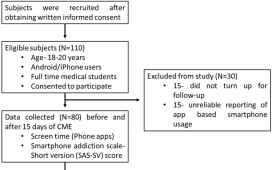
Google recently announced a new update to its Google Drive cloud storage service that will make it much faster to synchronize your local copy of files on your computer with those stored in the cloud.
To understand how this works, consider one really huge text document that’s maybe 1GB in size. Before, Google Drive would re-upload the entire file to the cloud whenever you made a change, even if it was to change a single letter in the entire document. Not very efficient.
Now, with the new “differential uploads” feature, Google Drive is smart enough to know which parts of the file have changed — and only upload those parts to the cloud for synchronization.
The end result is a much faster synchronization process both ways, whether you’re uploading changed files to the cloud or synchronizing a device with changes from the cloud. It will also significantly cut back on unnecessary data and bandwidth usage.
The new differential uploads feature has already rolled out to both Rapid and Scheduled Release channels, and it’s widely available to anyone who uses Google Workspace or personal Google accounts.
Further reading: Maximize your cloud storage with these tips
This article originally appeared on our sister publication PC för Alla and was translated and localized from Swedish.












